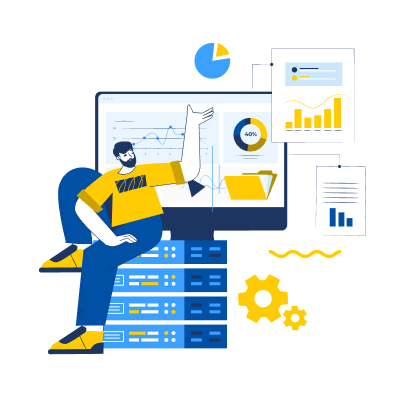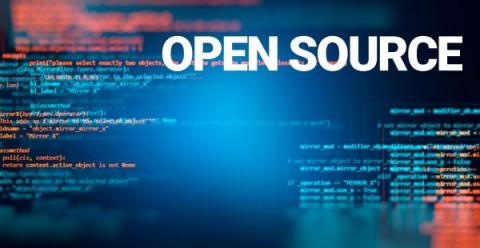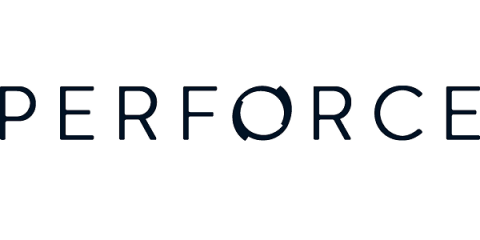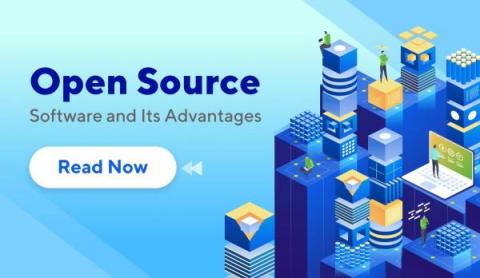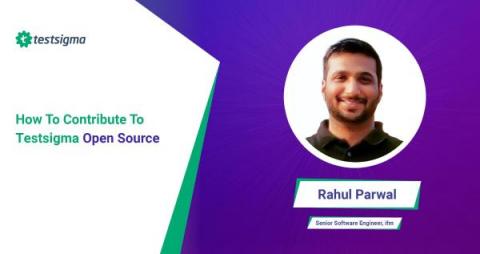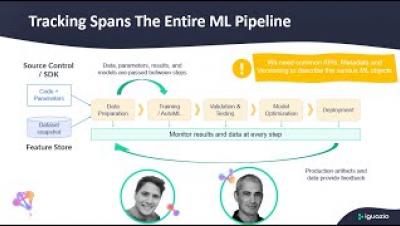Systems | Development | Analytics | API | Testing
Open Source
Contibuting to ClearML: How to Get Started with Open Source Contributions!
Instrument your Nodejs Applications with Open Source Tools - Part 2
As we mentioned in the previous article, at NodeSource, we are dedicated to observability in our day-to-day, and we know that a great way to extend our reach and interoperability is to include the Opentelemetry framework as a standard in our development flows; because in the end our vision is to achieve high-performance software, and it is what we want to accompany the journey of developers in their Node.js base applications.
What is Open Source and How to Get Started?
Software engineering is an exciting field that offers various roles and responsibilities to individuals. Some prominent roles are developer, quality assurance engineer, project manager, product manager, DevOps, and many more. Each of these roles also has sub-roles. For example, we have front-end, back-end, and full-stack developers in development. In testing, we have manual testing, automation, unit testing, and end-to-end testing.
OpenLogic by Perforce and the Open Source Initiative Announce 2023 State of Open Source Survey
Explainer: Open Source Software and Its Advantages
Open source software has been the origin of a huge range of widely-used products from Linux to WordPress but what is it exactly, and what advantages does it offer for software developers?
Large Scale Industrialization Key to Open Source Innovation
We are now well into 2022 and the megatrends that drove the last decade in data—The Apache Software Foundation as a primary innovation vehicle for big data, the arrival of cloud computing, and the debut of cheap distributed storage—have now converged and offer clear patterns for competitive advantage for vendors and value for customers.
How open-source technologies improve mobile product delivery
For mobile teams looking to improve their mobile product delivery without building everything from scratch, here are the challenges and benefits of using open-source solutions for your mobile app.
How To Contribute To Testsigma Open Source
This guide is designed to help contribute to Testsigma, an open-source tool that supports end-to-end testing for Web Apps, Mobile Apps, and APIs. Spoiler Alert: You don’t always need to be a programmer to make a contributor. There are many opportunities for coding as well as non-coding contributions. This article discusses all aspects necessary to contribute to Testsigma’s open-source project.


